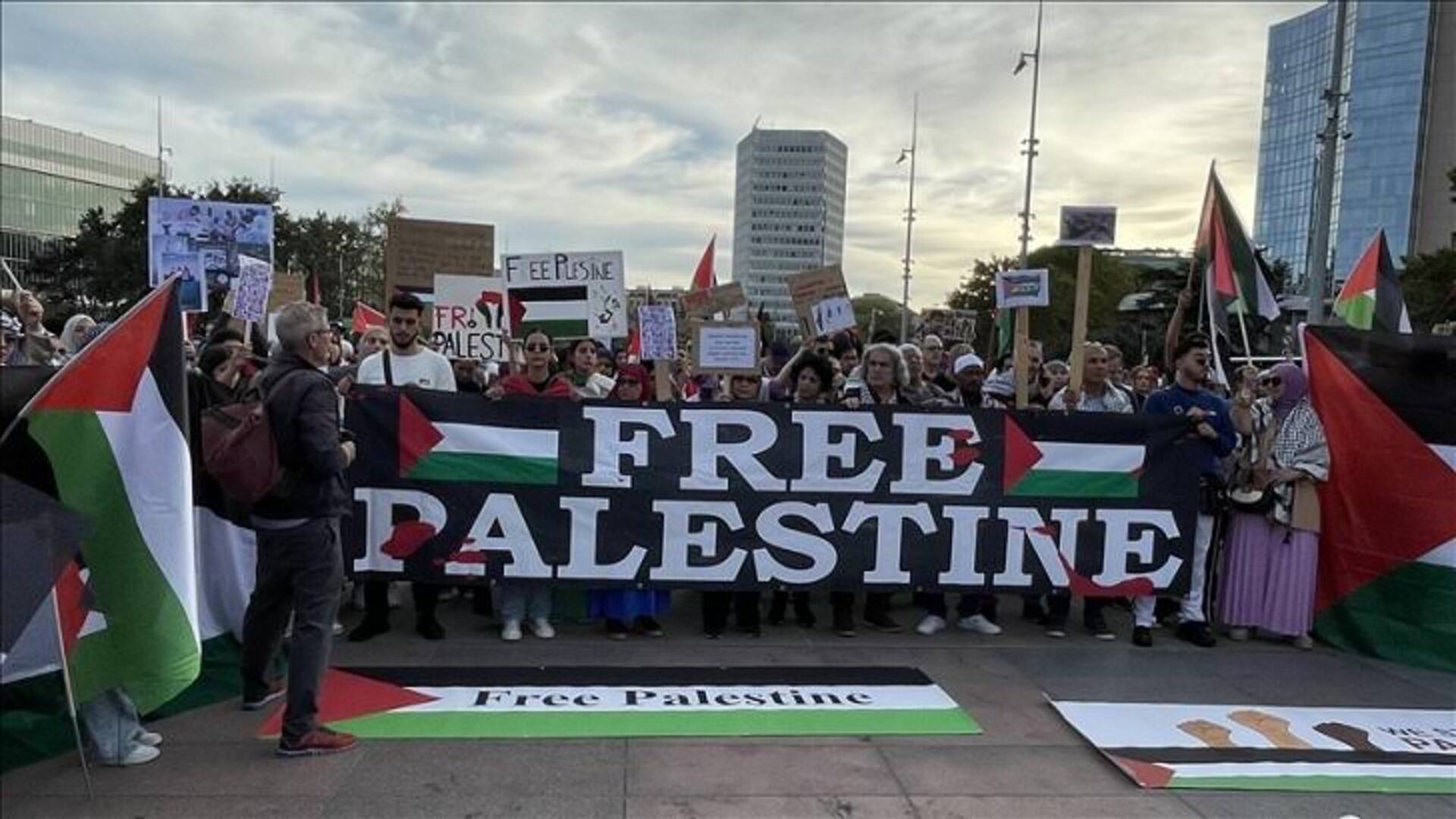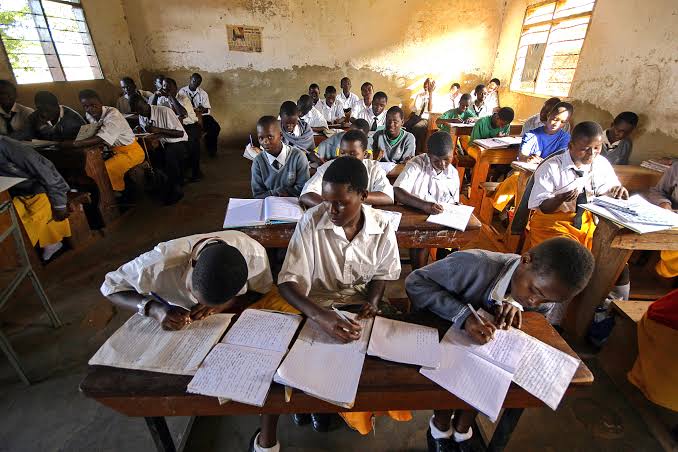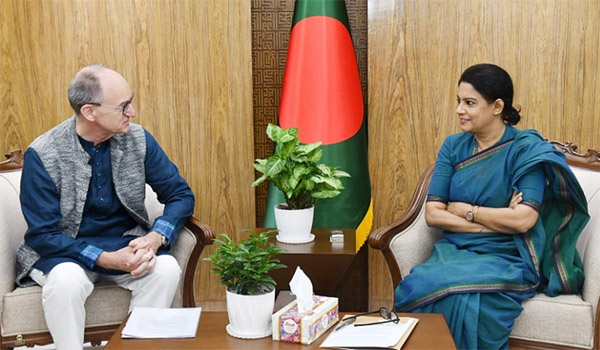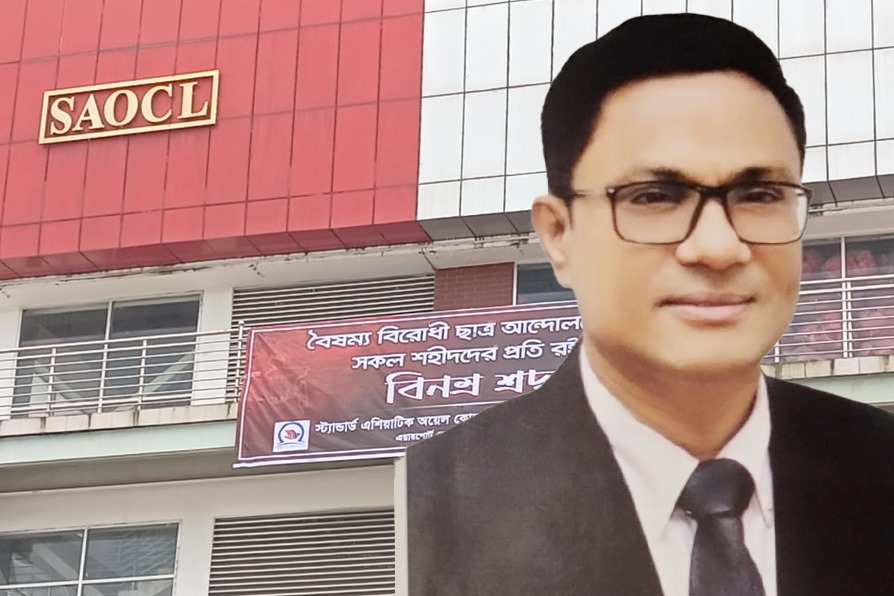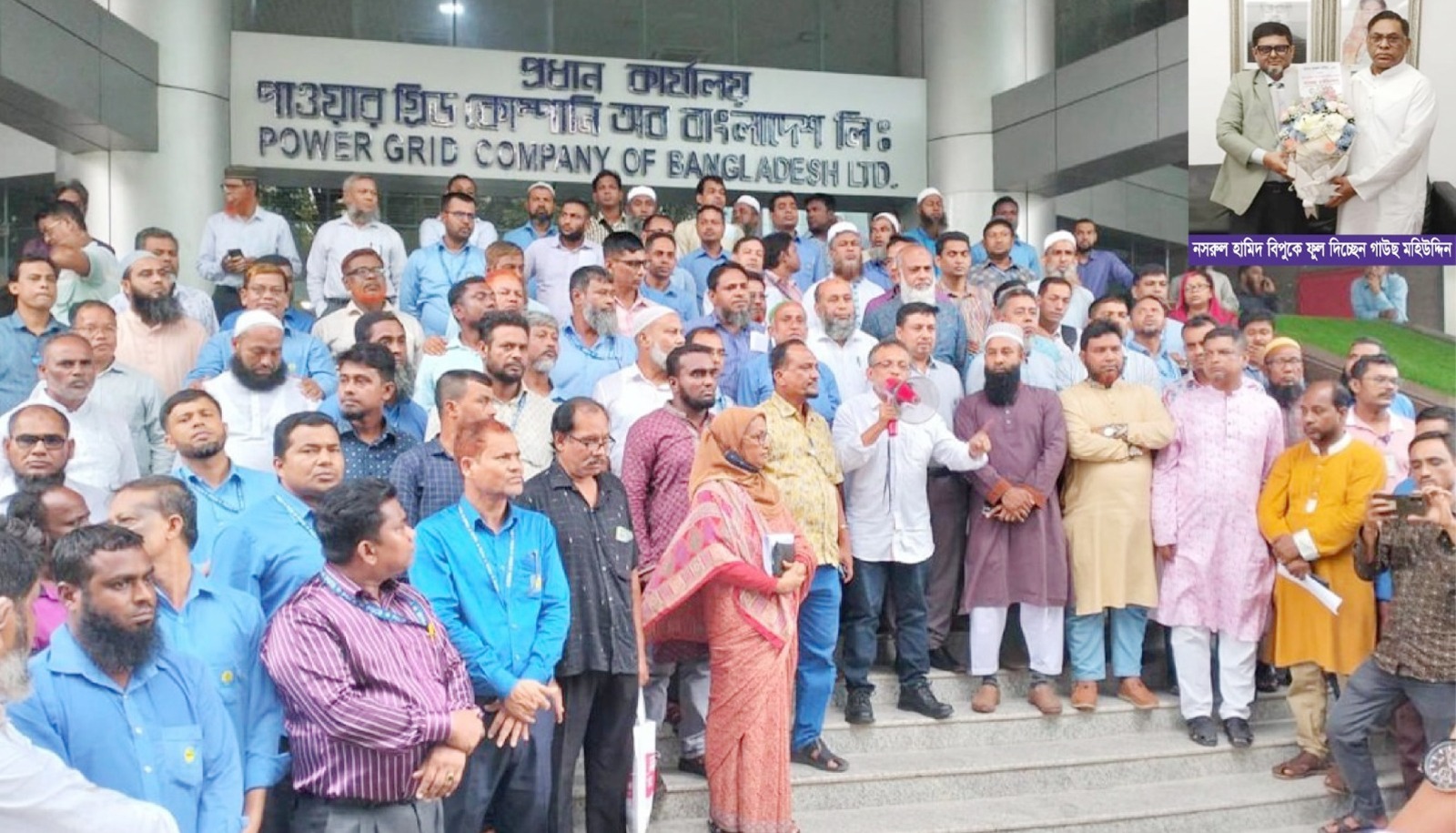
The Israel-Palestine conflict, one of the most protracted and contentious disputes in modern history, has seen various phases of confrontation and attempts at reconciliation since its inception in the early 20th century. Rooted in a complex interplay of historical grievances, territorial disputes, and political ideologies, the conflict has had profound regional and global implications. In recent years, new diplomatic initiatives have emerged, reflecting evolving international attitudes and geopolitical dynamics. This report explores the historical context of the conflict, examines recent diplomatic efforts, and assesses the prospects for a sustainable peace.
Historical Context of the Israel-Palestine Conflict:
1. Early History and the Birth of Zionism: The roots of the Israel-Palestine conflict can be traced back to the late 19th and early 20th centuries with the rise of Zionism, a movement advocating for the establishment of a Jewish homeland in Palestine. At the time, Palestine was part of the Ottoman Empire, inhabited predominantly by Arab Muslims and Christians. The Balfour Declaration of 1917, issued by the British government, supported the establishment of a “national home for the Jewish people” in Palestine, further intensifying tensions between Jewish and Arab communities.
2. The British Mandate and the United Nations Partition Plan: After World War I, the League of Nations granted Britain the mandate to govern Palestine. During this period, Jewish immigration increased, leading to growing unrest among the Arab population. In 1947, the United Nations proposed a partition plan to create separate Jewish and Arab states, with Jerusalem as an international city. While Jewish leaders accepted the plan, Arab leaders rejected it, leading to the 1948 Arab-Israeli War following the declaration of the State of Israel.
3. The Six-Day War and Occupied Territories: The 1967 Six-Day War resulted in Israel’s occupation of the West Bank, East Jerusalem, Gaza Strip, and the Golan Heights. This occupation has been a central issue in the conflict, with Palestinians seeking sovereignty over these territories. The United Nations Security Council Resolution 242 called for Israel’s withdrawal from occupied territories in exchange for peace, but the conflict continued with intermittent negotiations and violence.
4. The Oslo Peace Process: The 1993 Oslo Accords marked a significant breakthrough, with Israel and the Palestine Liberation Organization (PLO) agreeing to a framework for peace and the establishment of the Palestinian Authority (PA). However, the assassination of Israeli Prime Minister Yitzhak Rabin in 1995, ongoing violence, and political changes led to a stagnation in the peace process. Subsequent efforts, including the Camp David Summit and the Annapolis Conference, failed to achieve a lasting resolution.
Recent Diplomatic Initiatives:
1. The Abraham Accords: In 2020, the Abraham Accords represented a notable shift in Middle Eastern diplomacy. Brokered by the United States under President Donald Trump, these agreements normalized relations between Israel and the United Arab Emirates (UAE), followed by Bahrain, Sudan, and Morocco. The accords marked a significant departure from the traditional Arab consensus of no normalization with Israel until the Palestinian issue was resolved. While the Abraham Accords primarily focused on economic and diplomatic cooperation, they indirectly impacted the Israel-Palestine conflict by altering regional alliances and increasing pressure on Palestinians to return to negotiations.
2. The Biden Administration’s Approach: Upon taking office in January 2021, President Joe Biden’s administration signaled a return to a more traditional approach to the Israel-Palestine conflict. The administration emphasized support for a two-state solution and sought to re-engage with the Palestinian leadership. Key actions included restoring financial aid to the PA, reopening the U.S. consulate in Jerusalem, and promoting diplomatic engagement. The administration also faced challenges, including periodic violence between Israel and Hamas, and complex negotiations with a fragmented Palestinian political landscape.
3. The Role of Regional Powers: Regional actors, including Egypt and Jordan, have continued to play a role in mediating between Israel and Palestine. Egypt, in particular, has acted as an intermediary in ceasefire negotiations between Israel and Hamas, especially during periods of intense conflict. Jordan, which has a significant Palestinian population and a peace treaty with Israel, has consistently advocated for a two-state solution and sought to maintain stability in the region.
4. International Efforts and UN Resolutions: The United Nations and various international organizations have continued to advocate for a peaceful resolution to the conflict. Recent UN resolutions, including those addressing settlements and humanitarian issues, reflect ongoing international concern. Additionally, the European Union and other global powers have called for renewed negotiations and have supported initiatives aimed at addressing humanitarian needs and promoting dialogue.
5. Grassroots and Civil Society Initiatives: In addition to official diplomatic efforts, grassroots movements and civil society organizations have been working to build bridges between Israelis and Palestinians. Organizations such as Seeds of Peace, the Parents Circle, and the Bereaved Families Forum have focused on fostering mutual understanding and reconciliation. These initiatives aim to address underlying animosities and promote peace through dialogue, shared experiences, and collaborative projects.
Challenges to Peace:
1. Settlements and Territorial Disputes: Israeli settlements in the West Bank remain a major obstacle to peace. The expansion of settlements is viewed by Palestinians and much of the international community as illegal under international law and a direct threat to the viability of a future Palestinian state. Negotiations on borders and territorial claims continue to be contentious, with both sides holding deeply entrenched positions.
2. Jerusalem: Jerusalem remains one of the most sensitive and disputed issues in the conflict. Both Israelis and Palestinians claim the city as their capital, and its status is central to any potential peace agreement. The international community has yet to reach a consensus on the future of Jerusalem, and any proposed solutions must address the complex religious, historical, and political significance of the city.
3. Internal Palestinian Divisions: The political divide between the Palestinian Authority (PA) in the West Bank and Hamas in Gaza complicates peace efforts. While the PA, led by President Mahmoud Abbas, has engaged in negotiations with Israel, Hamas, which controls Gaza, has been involved in violent confrontations and rejects the legitimacy of the peace process. The lack of a unified Palestinian position weakens the negotiating stance and complicates efforts to reach a comprehensive agreement.
4. Violence and Security Concerns: Periodic outbreaks of violence, including rocket attacks from Gaza and Israeli military responses, continue to undermine trust and exacerbate tensions. Both sides face significant security concerns, with Israelis worried about terrorism and Palestinians facing military actions and restrictions. Addressing security issues is crucial for creating a stable environment conducive to negotiations.
5. International Politics and Bias: The conflict is influenced by broader international politics, with various countries and organizations taking sides based on their geopolitical interests. This can lead to bias and hinder impartial mediation efforts. The involvement of global powers, each with their own agendas, adds complexity to the peace process and can impact the effectiveness of diplomatic initiatives.
Prospects for Peace:
1. Renewed Negotiations and Confidence-Building Measures: For peace to be achievable, both sides must engage in renewed negotiations with a genuine commitment to addressing core issues. Confidence-building measures, such as halting settlement expansion, improving humanitarian conditions, and implementing ceasefires, can help create a conducive environment for dialogue. Building trust between Israeli and Palestinian leaders, as well as among their populations, is essential for progressing towards a durable solution.
2. International Mediation and Support: The international community plays a crucial role in facilitating peace efforts. Continued support from global powers, the UN, and regional actors is vital for providing diplomatic pressure, financial assistance, and technical support. An effective mediation process must involve all relevant stakeholders and address the concerns of both parties in a balanced and fair manner.
3. Grassroots and Civil Society Engagement: Engaging grassroots organizations and civil society groups can complement formal diplomatic efforts. Initiatives that promote reconciliation, mutual understanding, and cooperation at the community level can help create a foundation for lasting peace. Encouraging dialogue between ordinary Israelis and Palestinians, as well as supporting joint projects and peace-building activities, can foster a culture of peace.
4. Addressing Core Issues: A sustainable peace agreement must address the core issues of the conflict, including borders, security arrangements, the status of Jerusalem, and the rights of refugees. Comprehensive negotiations should aim to find equitable solutions that respect the rights and aspirations of both Israelis and Palestinians. A two-state solution remains the most widely supported framework, but innovative approaches and compromises may be needed to overcome longstanding obstacles.
5. Long-Term Commitment and Implementation: Achieving peace requires a long-term commitment from all parties involved. A successful agreement must include mechanisms for implementation, monitoring, and enforcement to ensure that the terms are upheld and that progress is made. International support for the reconstruction and development of a future Palestinian state, as well as efforts to address grievances and promote reconciliation, will be essential for maintaining peace and stability.
The Israel-Palestine conflict is a deeply entrenched and multifaceted dispute with historical, political, and social dimensions. While recent diplomatic initiatives and changing regional dynamics offer new opportunities for peace, significant challenges remain. Addressing the core issues, building trust, and fostering inclusive dialogue are crucial steps towards achieving a lasting resolution.
The international community, regional actors, and civil society all have roles to play in supporting the peace process. Renewed negotiations, confidence-building measures, and a commitment to addressing the legitimate concerns of both sides are essential for moving towards a sustainable and just peace. The prospects for peace depend on the willingness of all parties to engage constructively, make difficult compromises, and work towards a future where Israelis and Palestinians can coexist peacefully and securely.

 Md. Anas Ebna Arfin (Nibir)
Md. Anas Ebna Arfin (Nibir) 